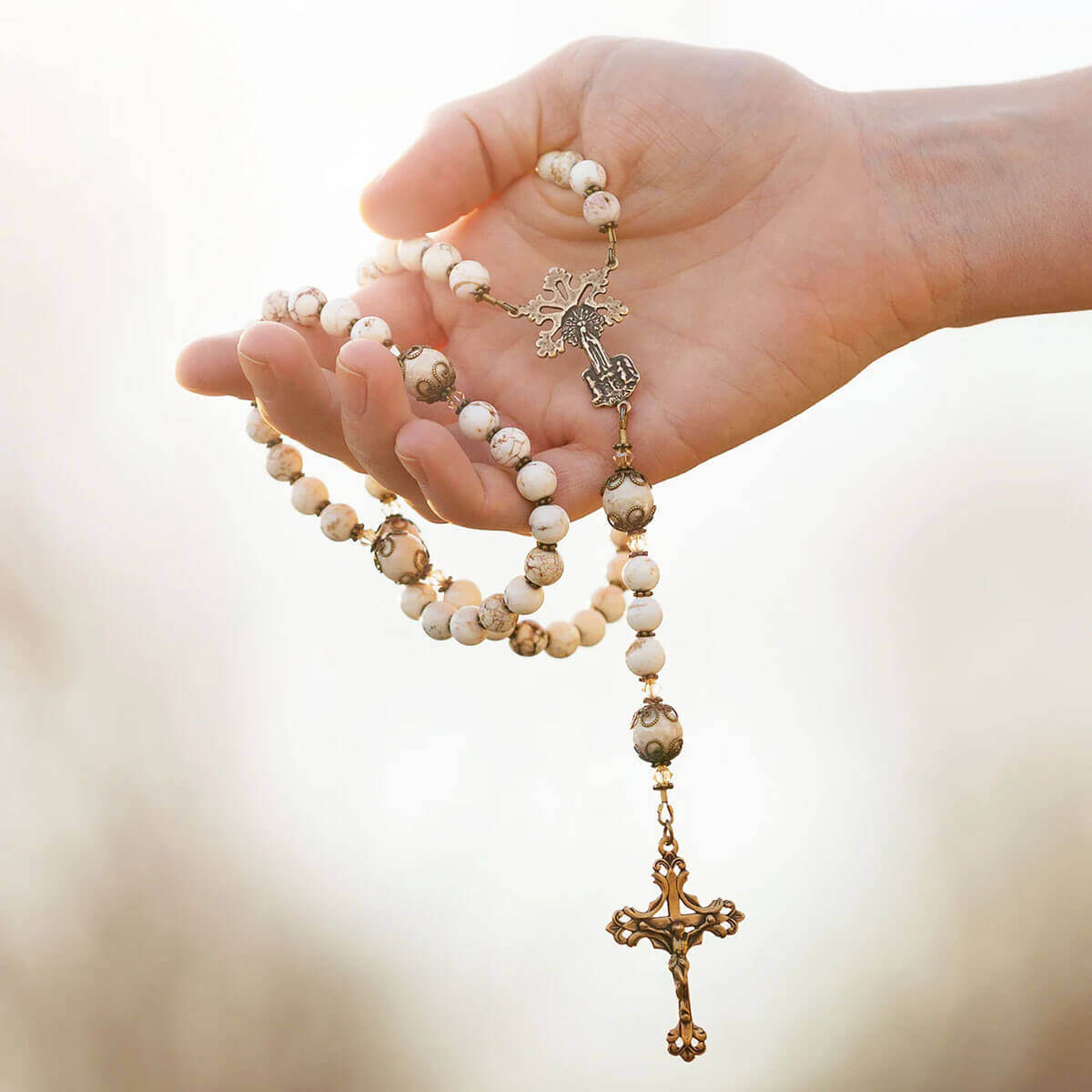 Saint John the Evangelist is also known as Saint John the Apostle and the Beloved Disciple. He is one of the sons of Zebedee and Salome. Saint John the Evangelist was a disciple of Saint John the Baptist with his brother, Saint James the Greater, before becoming an apostle of Jesus Christ. As the Beloved Disciple, St. John the Evangelist held a special relationship with Jesus Christ. Scripture recalls that he was one of the few present at the Transfiguration, the raising of Jarius's daughter, and the Agony in Gethsemane.
Saint John the Evangelist is also known as Saint John the Apostle and the Beloved Disciple. He is one of the sons of Zebedee and Salome. Saint John the Evangelist was a disciple of Saint John the Baptist with his brother, Saint James the Greater, before becoming an apostle of Jesus Christ. As the Beloved Disciple, St. John the Evangelist held a special relationship with Jesus Christ. Scripture recalls that he was one of the few present at the Transfiguration, the raising of Jarius's daughter, and the Agony in Gethsemane. Saint John the Evangelist also . . .
Saint John the Evangelist was also the only apostle to not forsake the Savior in the hour of his Passion and therefore, was made guardian of the Mother of God by Jesus and took her into his home. St. John was one of the first to reach the tomb of Jesus after hearing of the resurrection and he was the first to recognize the Risen Lord at Lake Tiberias.
Saint John after the Resurrection: Little fact is known of Saint John's doings after the resurrection accept for a few points. He is attributed with having written the Fourth Gospel and possibly three Canonical Epistles. We do know that he baptized many converts in Samaria and founded numerous churches in Asia Minor. He was imprisoned with Peter after Pentecost and his final words were “Little Children, love one another.”
The Legends of St. John the Evangelist
According to Legend, once while St. John was denouncing idol worship as demonic, a large group of followers of Artemis attempted to stone him but the stones turned around and attacked the followers instead.
Once while praying at a temple to Artemis, fire from heaven killed 200 idol worshipers at the temple. The remainder of the group begged and pleaded for mercy and therefore St. John raised the 200 from the dead and the whole of the group converted and were baptized.
One of the most popular legends of St. John the Evangelist tells of an account in which St. John was brought to Rome for persecution. Initially he was beaten then they attempted to poison him but he blessed the chalice and the poison in it which turned the poison into a snake. Then, getting desperate, the Roman officials had him thrown into a cauldron of burning oil and he emerged unharmed. This story commemorates the feast of Saint John before the Latin Gate.
Same say that once a year his grave gives off a dust which cures the sick.
Important Facts on St. John the Evangelist
St. John's feast day is December 27th in the Roman Catholic Church and he is the patron of authors, theologians, and friendships.
He is usually represented with either an eagle (symbolizing the heights he rises to in the first chapter of the fourth Gospel), a chalice (symbolizing either the cup of sorrows of Jesus or the chalice in the legend of the poisoning attempt) or both as seen in St. John Medals.





















